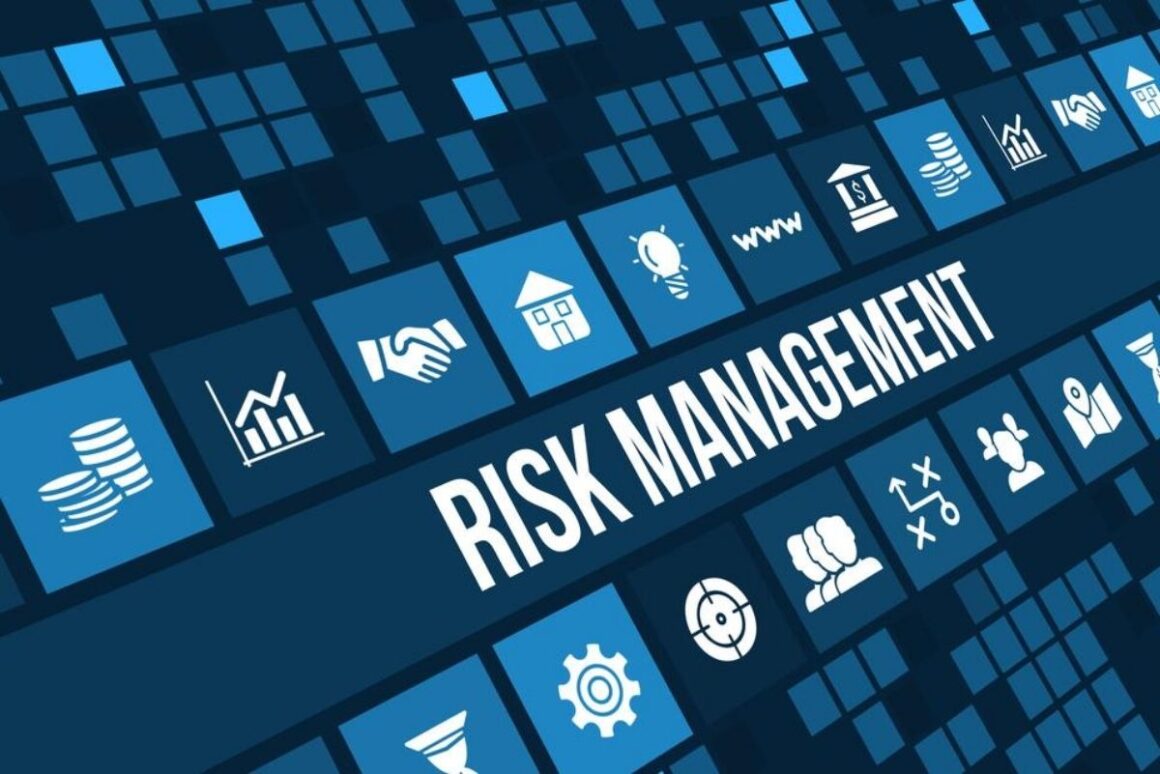What is the Difference Between Risk Management and Risk Mitigation?
Everything you need to know to determine what is the difference between risk management and risk mitigation.
Risks are unexpected occasions that can affect a venture. Successful risk management strategies are basic to ensure that potential risks don’t negatively affect the venture targets. The risk management process starts with distinguishing conceivable undertaking risks and evaluating the likelihood of their event and the effect they would have on a task. Utilizing this data, a reasonable risk management process can be planned and applied to each one of the risks. When the risk management strategies are finalized, the task administrator will screen the extent and modify the remaining possibility of risks, if necessary.
In this article, we will concentrate explicitly on risk management and risk mitigation to understand what is the difference between risk management and risk mitigation.
Risk Management vs Risk Mitigation
Risk management process and Risk mitigation plan is the way towards recognizing, evaluating, and moderating risks to scope, timetable, cost and quality of a venture. Risks come as unforeseen circumstances and they are scored on likelihood of event and effect on the venture.
Both of these risk management strategies are typically applied to negative risks, or challenges alluded to here as dangers. These are not appropriate for positive risks or opportunities.
One of the risk management strategies is risk avoidance. This technique involves changing the task plan with the goal that the conditions setting off a potential risk are not, at this point present and the risk is avoided. While this system can’t be applied to all extended possibilities of risk, it is best for forestalling risks.
Some risk management strategies, like a risk mitigation plan, are examples of business plan alterations that might help to avoid certain risks like changing a foreign supplier to a local one to avoid exposure to the exchange rate volatility risk or choosing a proven technology instead of an innovative one to avoid technological risk.
The expression “risk management strategies” is utilized by various individuals in various faculties.
Back in the last phase of the 1980s when the modern financial risk management process was being set up, people contended a ton about the name. We picked “management” to underscore that we needed to choose the ideal level and kinds of risks, instead of dodge, limit or relieve the chance of risks.
Risk Mitigation
A risk mitigation plan can b e characterized as finding a way to decrease antagonistic impacts. There are four sorts of risk mitigation strategies that hold novel to Business Continuity and Disaster Recovery. When alleviating risk, it’s essential to build up a risk mitigation plan that intently identifies with and matches your organization’s profile
The four kinds of risk mitigation systems incorporate risk avoidance, acceptance, transference and limitation. In general, risks should be avoided that involve a high probability impact for both financial loss and damage.
Risk mitigation plan is the way towards creating choices and activities to avail opportunities and lessen risks to extend goals. Risk mitigation plan is the way towards executing risk mitigation activities.
Numerous individuals utilize the word “risk” in the feeling of “threat,” just terrible things can emerge out of risks. In any case, in present day money, chance is two-sided, you can succeed just as easily as you can lose.
You need to limit the risk of car crashes, and alleviate the mischief. However, you would prefer not to limit the risk in your speculation portfolio, or alleviate it. You need to choose the right degree of risk that gives you the most obvious opportunity with regards to meeting your objectives.
So we suggest holding “the management” for this perspective on two-sided risk. Be that as it may, numerous individuals use “the management” to mean minimization, avoidance, mitigation or even insignificant management and estimation of risk.
Risk mitigation plan is intended to wipe out, diminish or control the effect of known risks inborn with a predefined undertaking, before any injury or disaster. With these techniques set up, risks can be anticipated and managed.
Types of effective risk management strategies
Risks encompass any events that might lead to problems or present opportunities. Understanding and managing these risks involves a few critical steps:
- Analyze the Risk: Start by identifying and understanding the factors that contribute to the risk.
- Evaluate the Risk: Assess both the likelihood of the risk occurring and the potential severity of its impact.
- Treat the Risk: Implement strategies to manage the risk according to its evaluation.
- Monitor the Risk: Continuously observe the risk over time to ensure that your management strategies are effective.
When it comes to treating risks, you have several strategies at your disposal:
- Avoidance: Eliminate any activities that lead to risk.
- Reduction: Minimize the impact or probability of the risk.
- Sharing: Distribute the risk among other parties, which could involve outsourcing or insurance.
When implementing a risk mitigation plan, the choice of strategy should reflect the assessed combination of a risk’s likelihood and the severity of its consequences. These guidelines are broadly applicable across various projects and programs but may need adjustments to suit specific circumstances.
By proactively managing risks using these approaches, organizations can safeguard their interests and enhance their operational stability.
Risk mitigation strategies examples of choices
Assume/Accept:
Acknowledge the presence of a specific risk, and settle on a conscious choice to acknowledge it without participating in extraordinary endeavors to control it. Endorsement of task or program pioneers is required.
Avoid:
Adjust program prerequisites or imperatives to dispose of or lessen the risk. This modification could be obliged by an adjustment in financing, timetable, or specialized prerequisites.
Control:
Implement activities to limit the effect or probability of the risk.
Transfer:
Reassign authoritative responsibility, duty, and power to another partner ready to acknowledge the risk.
Watch/Monitor:
Monitor the environment for changes that influence the nature or potentially the effect of the risk.







